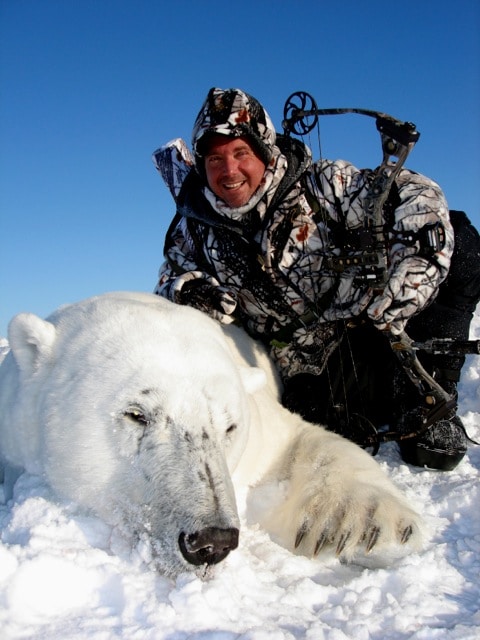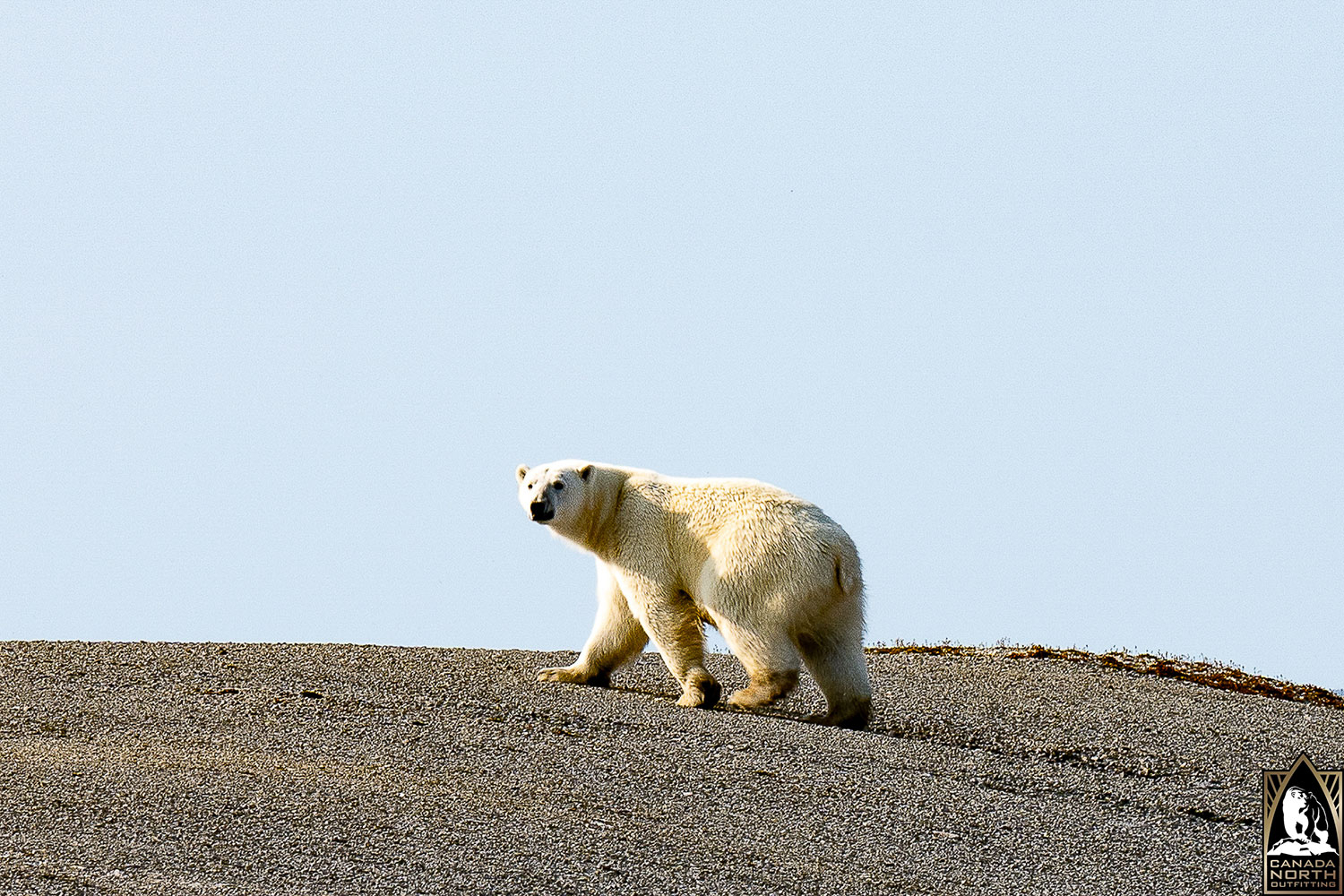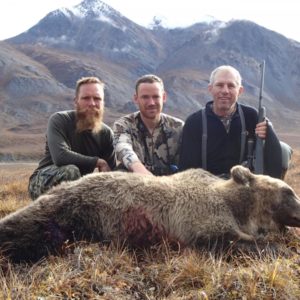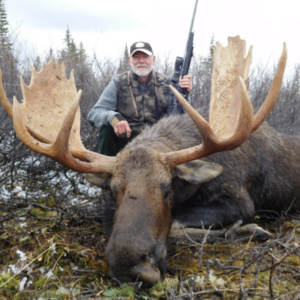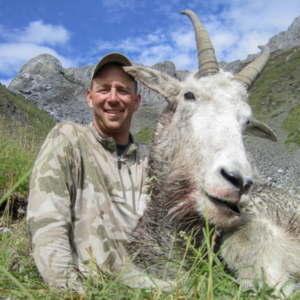Nunavut Polar Bear Hunt 10277
$42,950
This Nunavut Polar Bear Hunt allows you to pursue one of the largest land carnivores in the world and is hunted in one of the most extreme environments in the world. Without question, pursuing polar bear in their frozen Arctic habitat has no comparison in the hunting world. For centuries, the Inuit people have passed down the needed skills and knowledge to hunting these magnificent predators. This outfitter is the longest standing outfitter in the Canadian Arctic. They have forged a close partnership with the best guides in the best areas resulting in an unforgettable Arctic hunting adventure deeply rooted in Inuit culture.
Hunting is done from camps situated in prime areas that may be up to 100 miles from the village . Muskox can also be hunted after a polar bear hunt. A spot and stalk polar bear hunt by boat or side-by-side ATV adds a different twist to the traditional springtime hunts out on the frozen Arctic Ocean. There is a very limited number of tags available for this unique hunt and it must be planned well ahead. Our Inuit guide’s scour and glass the shorelines in search of big bears along well-known island retreats that are used during the Arctic’s ice-free period. This hunt can be combined with Atlantic walrus as well. All hunts are normally of 10 days duration on a 1X1 basis (one guide and dog team to one hunter) or 2X2 basis if clients wish. The hunt ends when a polar bear is harvested, even if this happens in the first day or two. In the event that a polar bear is not taken during the scheduled 10 day hunt, the client has the option of returning for another 10 day hunt before the end of the prime season. Hunting polar bear in the Arctic is a privilege that so few will ever have the chance of experiencing. All of the guides and assistants are Inuit and are very experienced on the land. The Inuit are the only people in Canada who can legally harvest a polar bear based on cultural and subsistence purposes and is done through strictly enforced regulations and highly monitored tag allocations.
A sustainable harvest quota system set by Canadian scientists and local Inuit Wildlife Management Boards are based on the principles of conservation and aboriginal subsistence hunting, and are not market-driven. Measures are in place to allow a limited number of polar bear tags from the overall annual harvest quota to be allocated for non-Aboriginal hunters thereby not affecting the management objectives and conservation of the species. All the meat derived from a sport hunted polar bear goes directly to the Inuit guide and his family or the community food bank. Canada is a proven world leader in the management, research, monitoring and conservation of polar bears. Since 1975, the polar bear population has actually increased in Canada. Polar bears are long lived wide ranging carnivores with seals as their primary food source.
Accommodations: Tent
Hunting Days: 10
Trophy Class: Mature Bears
Weapon: Archery, Rifle, & Muzzleloader
Style of Hunt: Spot & Stalk
Public Land
1 on 1
Extreme Physicality
Over the Counter Tags
